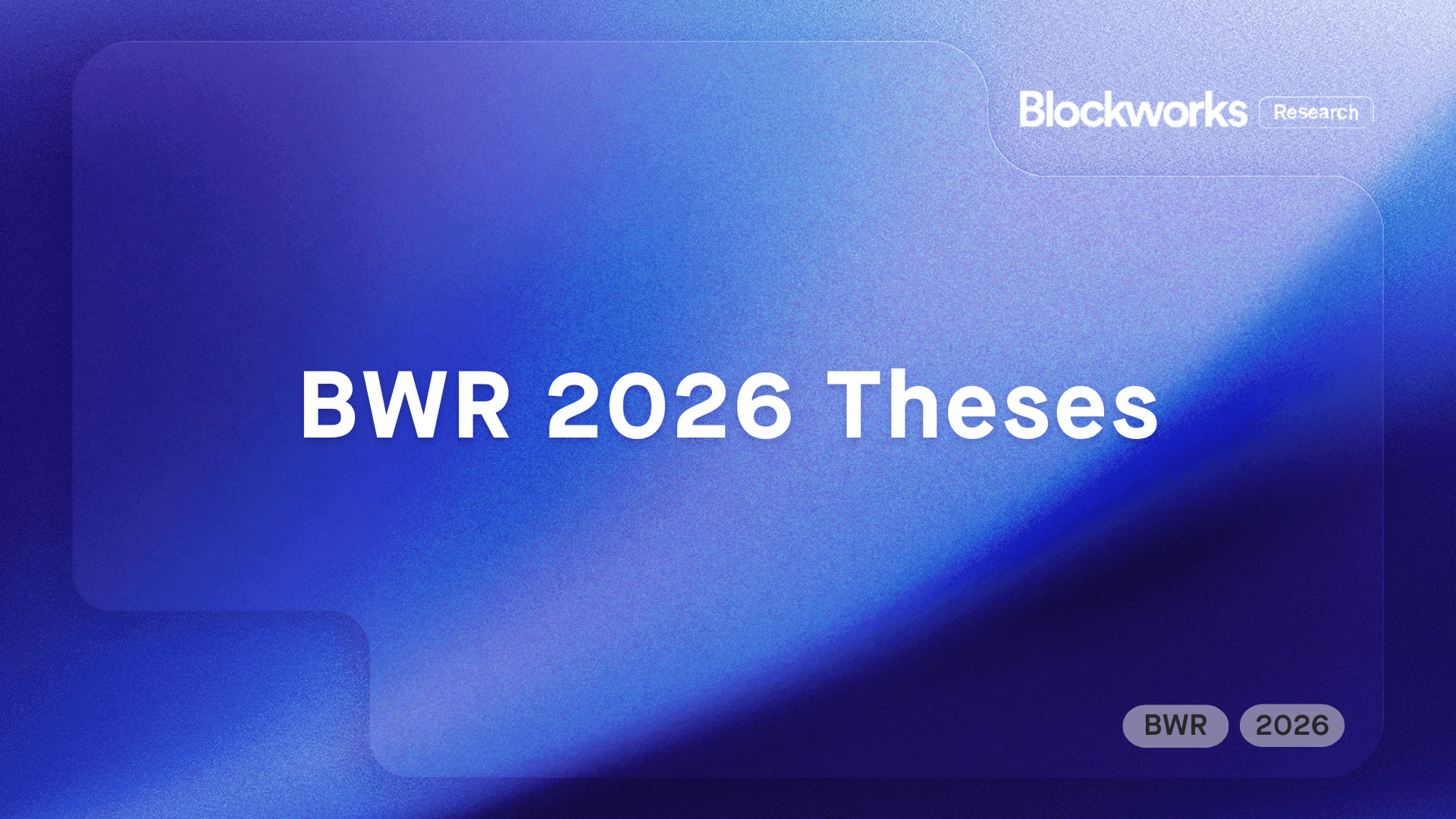The Cosmos Hub sits at the epicenter of the Cosmos ecosystem (the Interchain), an ever-expanding network of interconnected application-specific blockchains. There is an important distinction between the two: "The Cosmos" refers to the broader ecosystem of blockchains that "The Hub" exists in. The native token of the Cosmos Hub, ATOM, is used to participate in governance and secure the network. The Hub was the first blockchain built with the Cosmos SDK and could play a key role in the future of the ecosystem.
The Cosmos ecosystem takes a different approach when creating decentralized applications when compared to other Layer-1 chains like Ethereum. Cosmos developers customize independent blockchains to fit the needs of their application, resulting in more flexibility and efficiency with less competition for resources. These are generally called application-specific blockchains, and there is no upper bound on how many can be created. The Cosmos ecosystem currently consists of over 50 Proof-of-Stake blockchains that have the ability to communicate with each other using a communication standard called the Inter-Blockchain Communication Protocol (IBC).
While the Cosmos Hub does not have smart contract functionality today, it plans on leveraging its minimalist approach, high security, and trusted validator set to offer specialized services to the Interchain. One service, called Interchain (or Replicated) Security, is a bootstrapping mechanism that allows newer Cosmos chains to rent security from the Hub. In return for utilizing the Hub's validator set, these new chains will share a portion of transaction fees, and potentially token inflation, with ATOM stakers.


